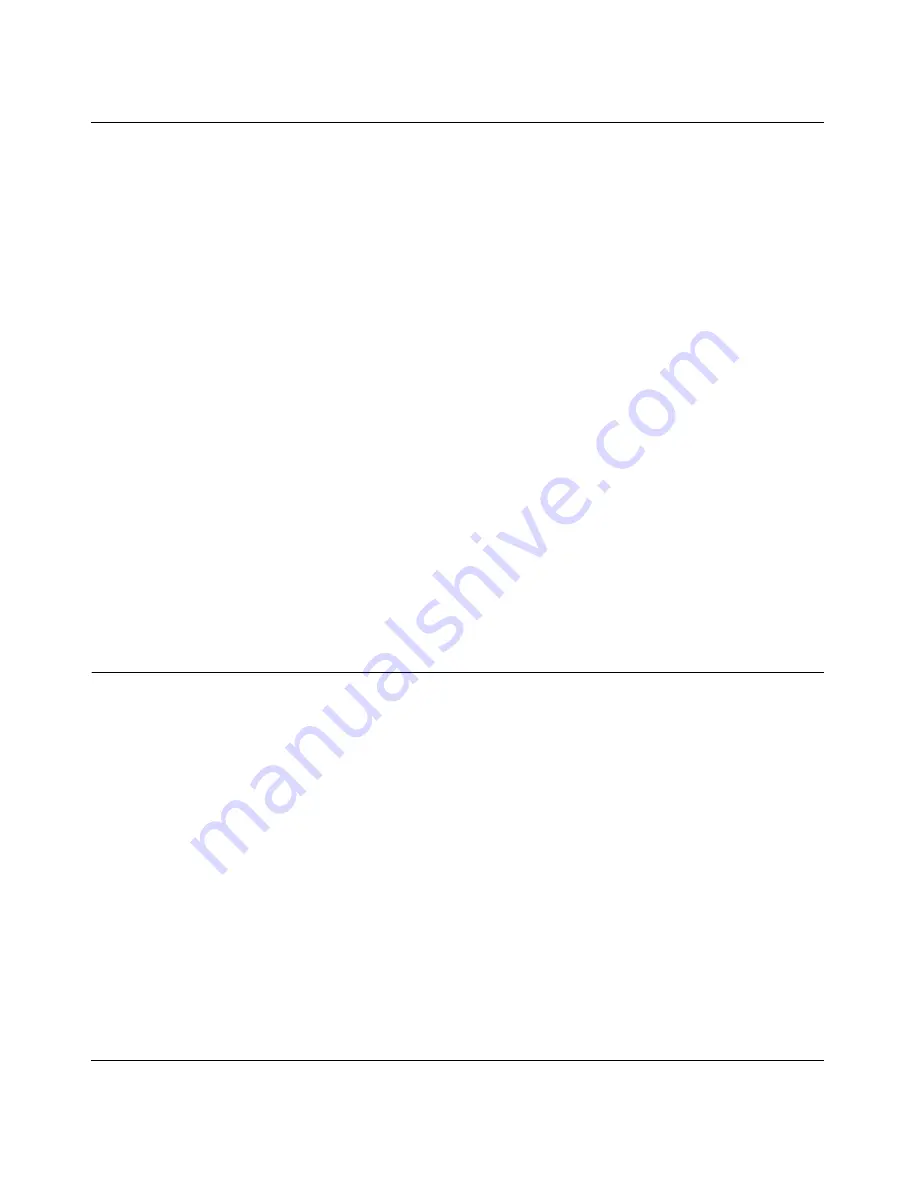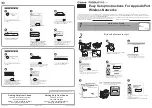
N-150 2-Port Wireless Router WNR500 User Manual
Fine-Tuning Your Network
5-9
v1.0, November 2011
2.
Click
Edit Service
or
Delete Service
to make changes.
3.
Click
Apply
.
Application Example: Making a Local Web Server Public
If you host a Web server on your local network, you can use port forwarding to allow Web
requests from anyone on the Internet to reach your Web server.
To make a local Web server public:
1.
Assign your Web server either a fixed IP address or a dynamic IP address using DHCP address
reservation, as explained in
“Using Address Reservation” on page 4-4
. In this example, your
router will always give your Web server an IP address of 192.168.1.33.
2.
In the Port Forwarding screen, configure the router to forward the HTTP service to the local
address of your Web server at
192.168.1.33
.
HTTP (port 80) is the standard protocol for Web servers.
3.
(Optional) Register a host name with a Dynamic DNS service, and configure your router to
use the name as described in
“Using a Dynamic DNS Service” on page 4-5
.
To access your Web server from the Internet, a remote user must know the IP address that has
been assigned by your ISP. However, if you use a Dynamic DNS service, the remote user can
reach your server by a user-friendly Internet name, such as mynetgear.dyndns.org.
Configuring Port Triggering
Port triggering is a dynamic extension of port forwarding that is useful in these cases:
•
More than one local computer needs port forwarding for the same application (but not
simultaneously).
•
An application needs to open incoming ports that are different from the outgoing port.
When port triggering is enabled, the router monitors outbound traffic looking for a specified
outbound “trigger” port. When the router detects outbound traffic on that port, it remembers the IP
address of the local computer that sent the data. The router then temporarily opens the specified
incoming port or ports, and forwards incoming traffic on the triggered ports to the triggering
computer.
















































